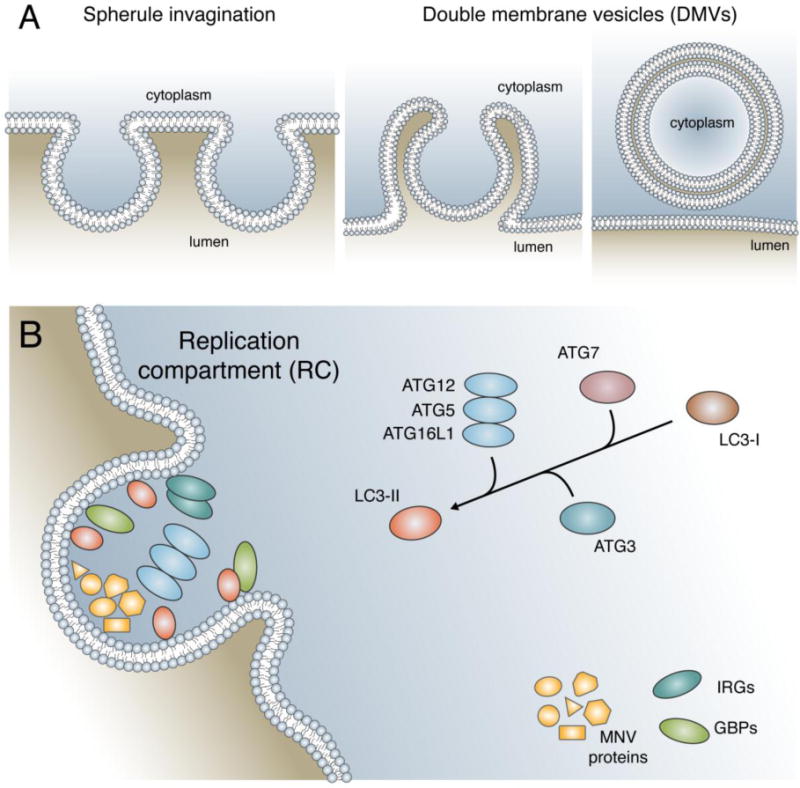Figure 1. Schematic of replication complexes of (+) RNA viruses.

A) Through the reorganization of host membranes, the (+) RNA virus forms a membranous compartment known as the replication complex (RC). The two major forms of RCs are spherule invaginations and double membrane vesicles (DMVs). Spherule invaginations (left) are formed by the small invagination of a host organelle away from the cytosol. DMVs (middle and right) are formed by the extrusion of host membrane followed by invagination and subsequent vesicular budding from the point of extrusion. B) The RC formed by MNV is targeted by the LC3 conjugation system of autophagy. The ubiquitin-like conjugation system composed of ATG7, ATG3, and ATG12–ATG5-ATG16L1 convert LC3-I to the lipidated form, LC3-II. Marking of the MNV RC with LC3-II leads to the recruitment of IFN-inducible GTPases (IRGs and GBPs) which are critical in the subsequent block in viral replication.
